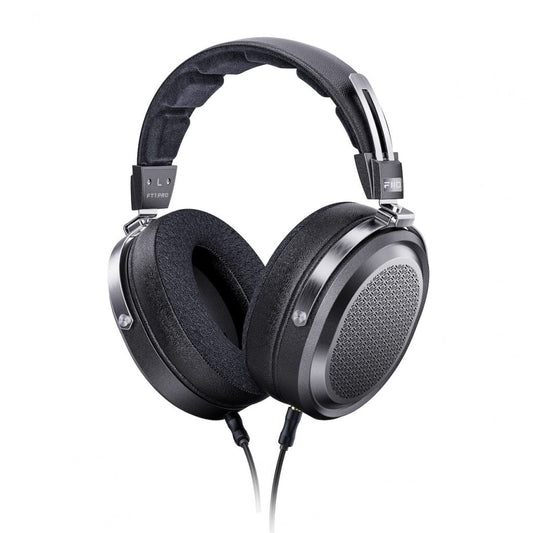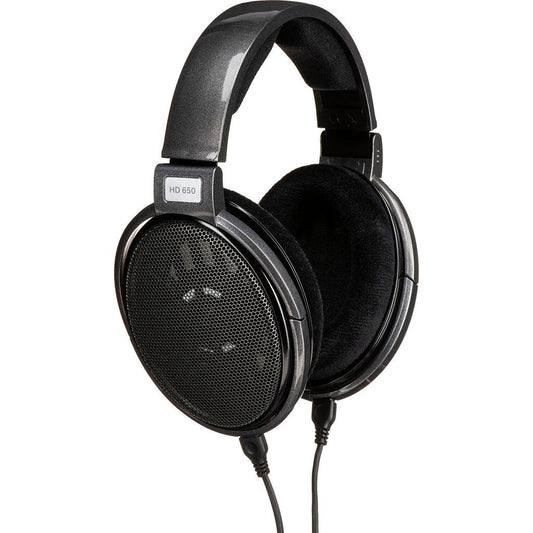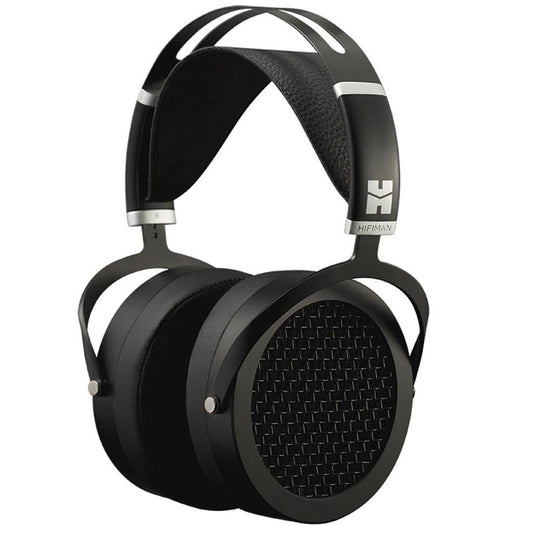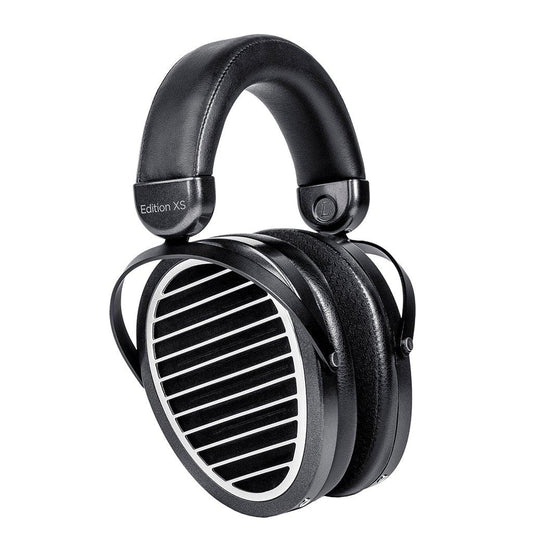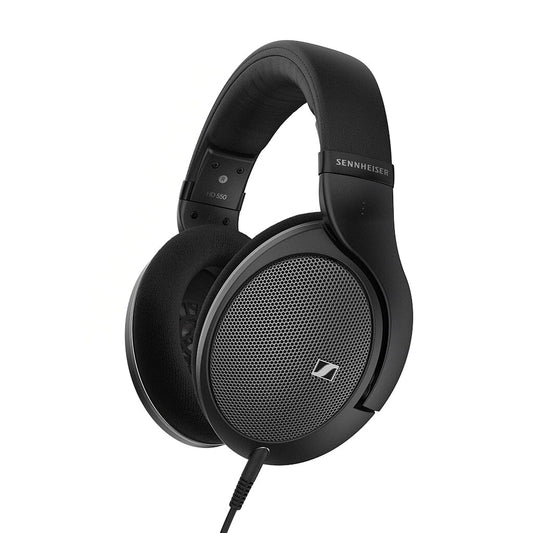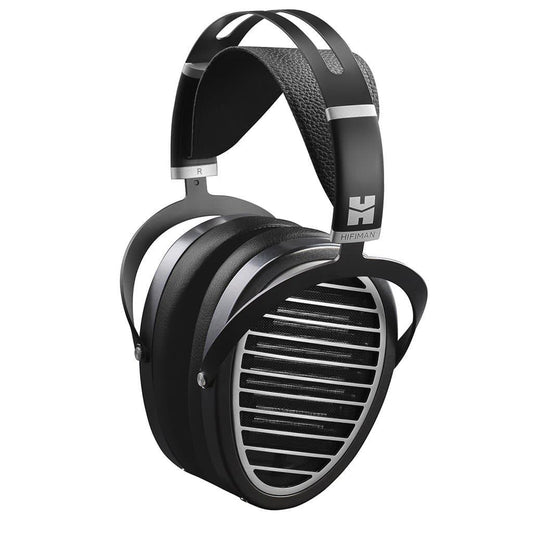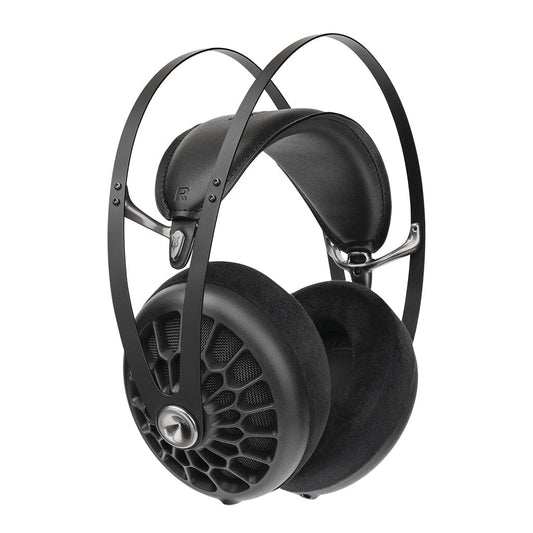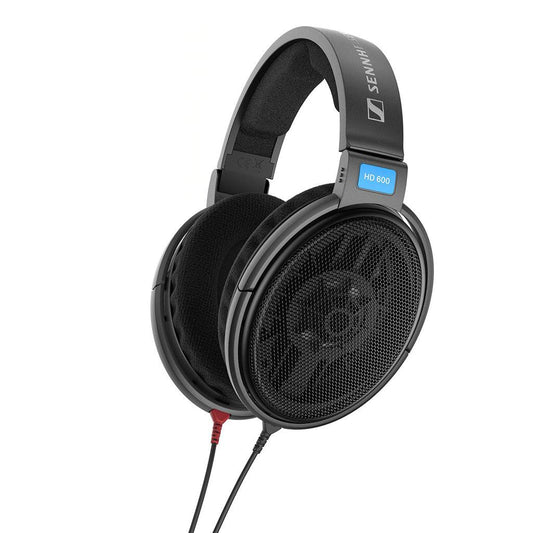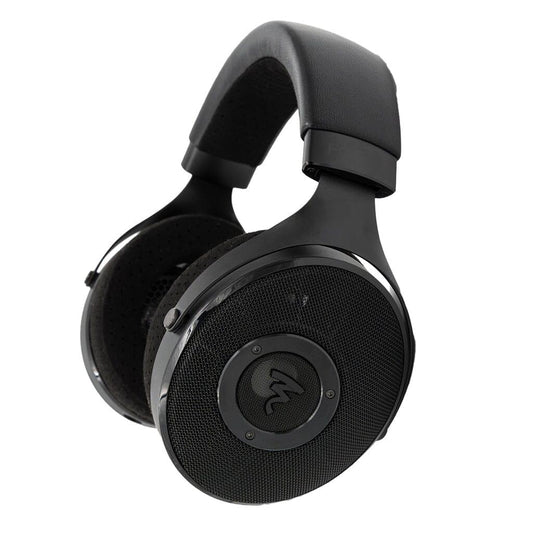Headphones.com Open-Back Headphone Buying Guide - $200-500
The Headphones.com Editorial Team shouts out their favorite options for open-back over-ear headphones between $200 and $500
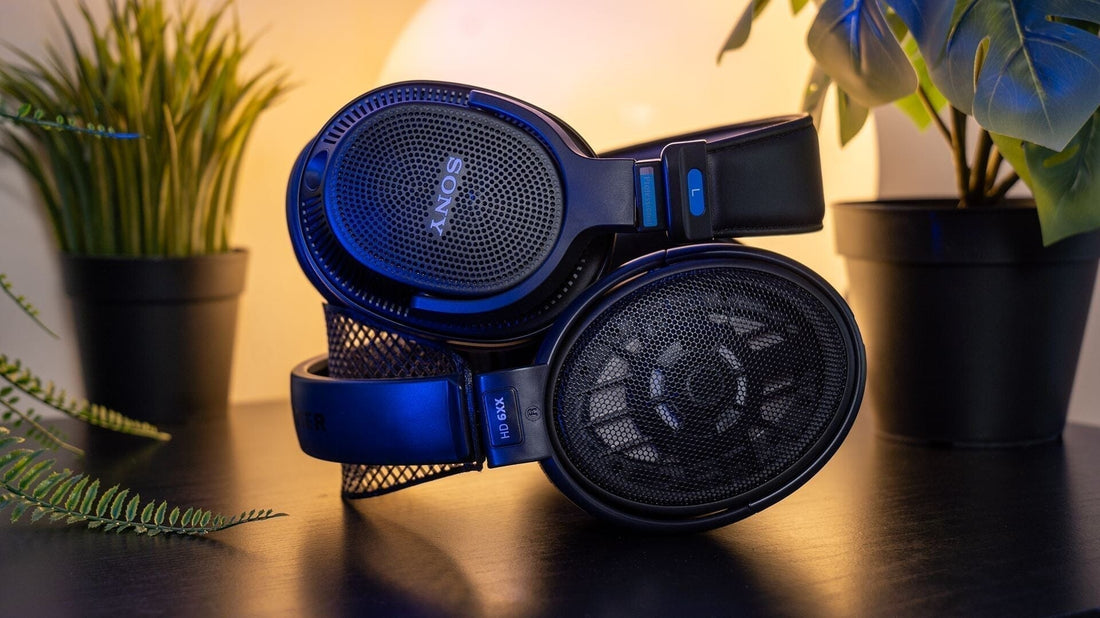
Here at Headphones.com we’re committed to helping people find the right headphone for them. Giving the best headphone purchase recommendation possible means listening to the needs of the individual end-user and tailoring a recommendation as specifically as possible.
Obviously we can’t sit down and have a 1-to-1 conversation with every member of our community, but we still want to help our customers make the best purchase possible. That’s why Headphones.com has a 365-day return policy, continuously commits to helping educate the community, and is now starting a new series of bite-sized buying guides based on an aggregation of our favorites.
So, welcome to the first installment of what will be a continuously updated series of buying guides! Today we’re going to start from what a lot of people would call the “sweet spot,” and give shouts out to our favorite options for audio experiences between $200 and $500 USD.
Under $300
FiiO FT1 Pro ($199)
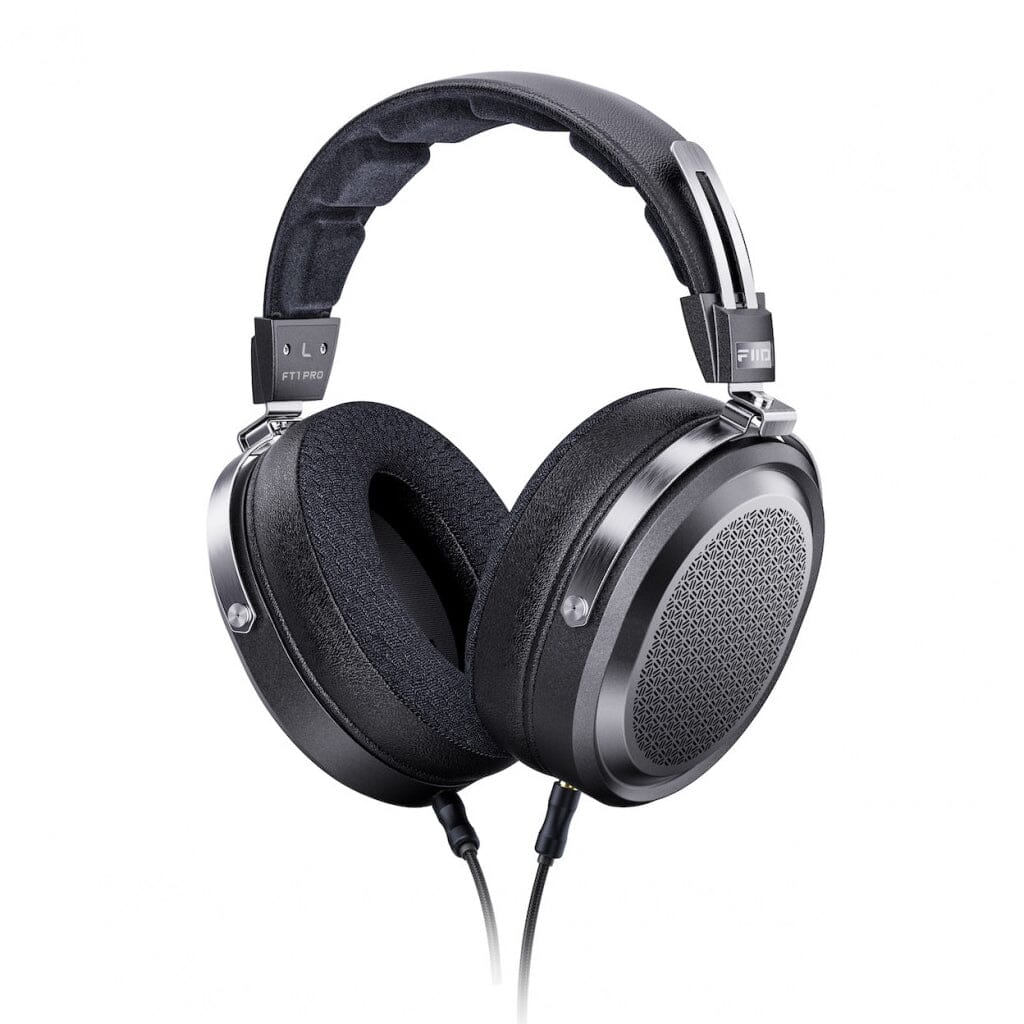
What we like
- A planar magnetic headphone tuned more warmth than its competitors
- Integrated leak results in a slight bass lift compared to similar designs
What we don’t like
- Potentially a bit muffled in the upper midrange
- Still has potential for dryness/roughness in the lower treble
Even compared to their incredibly hyped FT1 closed-back, FiiO’s newest over-ear FT1 Pro is another of our favorite releases of last year. While it appeared in a more competitive arena than its closed-back counterpart, it is arguably just as impressive of a release for FiiO.
What we feel is special—even underrated—about FT1 Pro is how well it accommodates the good parts of other planar magnetic designs, while it massages the downsides typical of similar designs (excess treble) to make something that’s much more well-rounded and easy to recommend to people without caveats.
Additionally, the FT1 Pro has a slight bump in the low bass that helps add a bit of extra rumble compared to other planar designs which further tilts the response towards the warm side. Overall, the FT1 Pro is probably the easiest planar magnetic headphone for us to recommend because of its well-balanced approach to the compromises typical of this kind of headphone at an extremely competitive price.
FiiO FT1 Pro Headphones
Sennheiser HD 6XX (~$220)
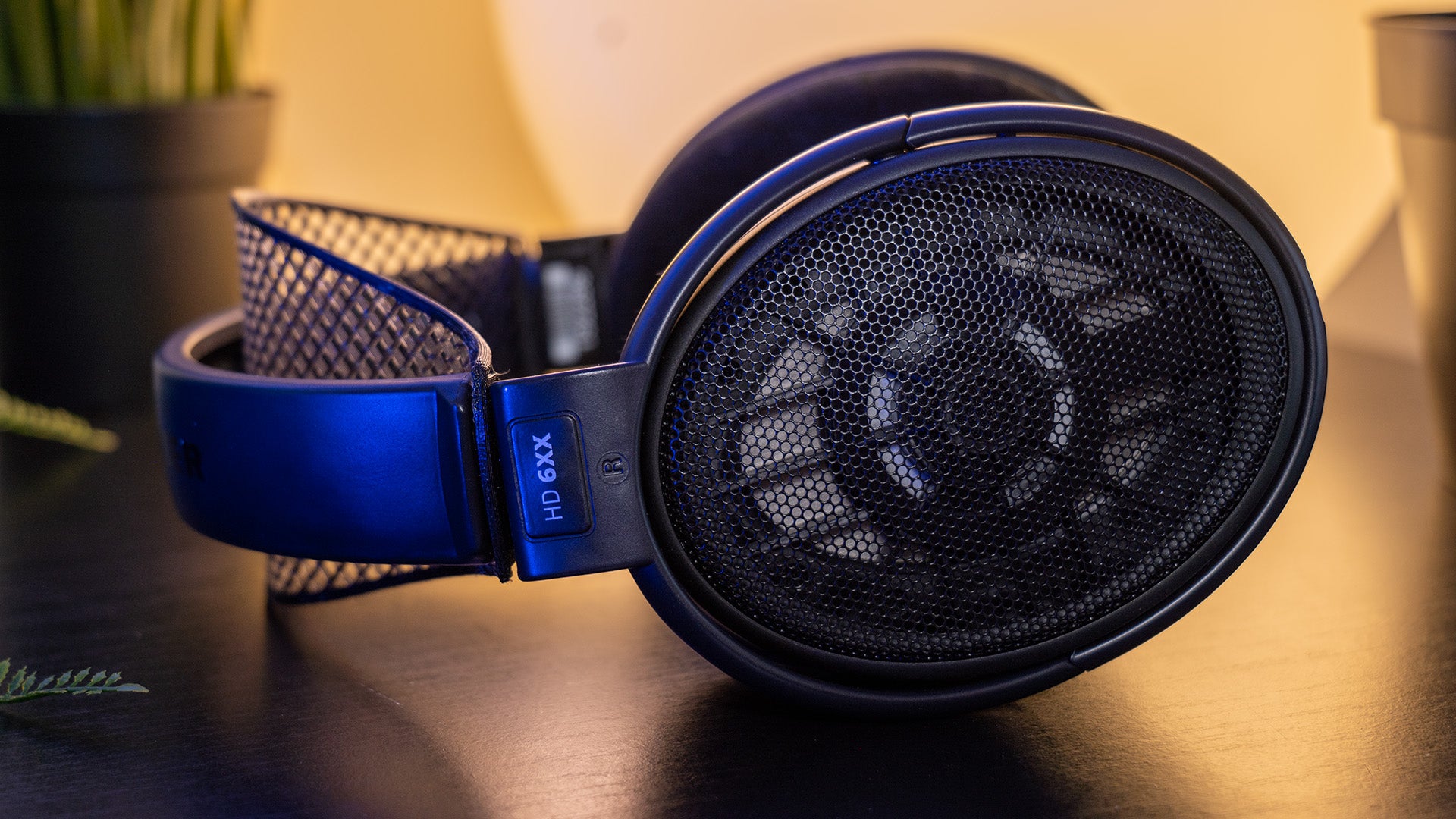
What we like
What we don’t like
Sennheiser collaborated with Massdrop (now Drop) years ago to bring the HD 6XX (an HD 650 for half the price) to market. Since its initial release, it has been the default “bang for buck” open back headphone recommendation for anyone wanting to dip their toes into the audiophile hobby.
Why? Because the HD 650 is one of the best headphones you can buy period.
If you don’t yet have an audiophile headphone, or are shopping for someone interested in trying audiophile headphones, this headphone is the quickest avenue to seeing what audiophile headphones are all about.
Instead of having the gargantuan bass and treble boosts typical of headphones targeting the broader consumer market, the HD 6XX opts for a midrange-focused approach that brings out the nuance of strings, pianos, and horns, while conveying vocals with an intimate but natural presentation.
If a healthy helping of bass is required, or you really want a brighter signature, HD 6XX might not be the best option for you. But if above all else you want to experience your music in a way that sounds true to your recordings, the HD 6XX is one of the best headphones at any price for that.
Sennheiser HD 650 Headphones
Hifiman Sundara ($279)
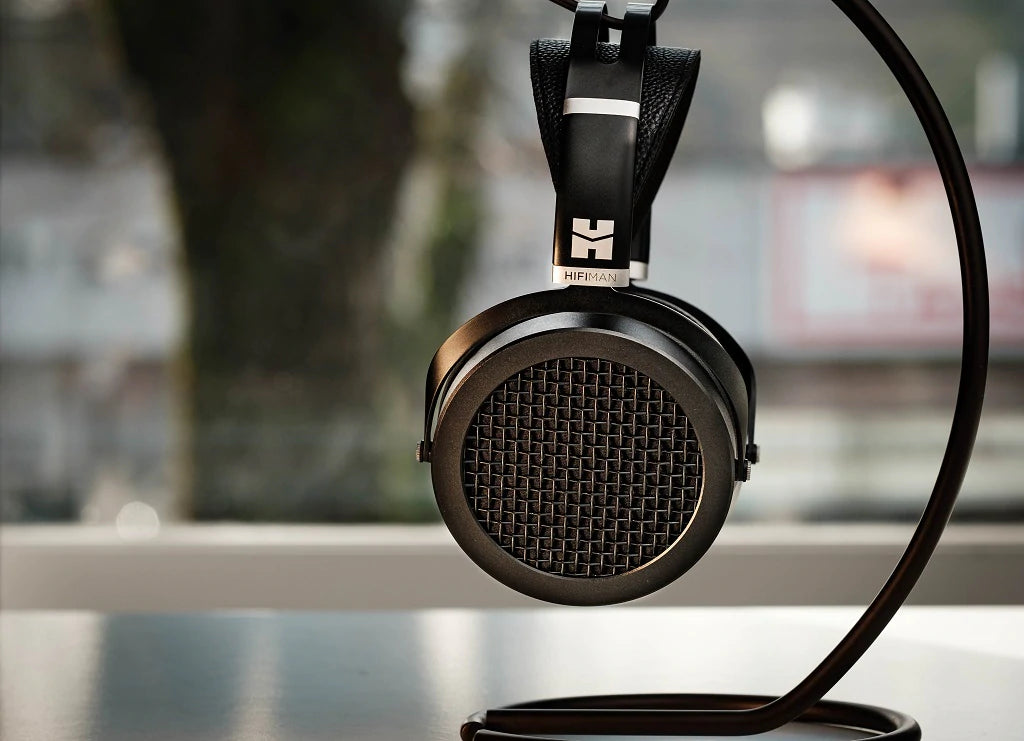
What we like
What we don’t like
Hifiman’s Sundara is widely-known for being among the most “neutral” planar magnetic headphones around, and it’s great that Hifiman makes what is essentially one of the most neutral headphones around available at such an affordable price.
While the FT1 Pro is an excellent, less expensive choice, the Sundara is arguably a better example of a “neutral” planar magnetic headphone.
Compared to the FT1 Pro it has a slightly more coherent midrange and low treble presentation, sounding a bit less dry and muffled. It also has a different treble character that provides more of the “plucked” character that some find enjoyable about planar magnetic designs.
Overall the Sundara is a fan-favorite for a reason: it’s neutral-ish while still having colorations that keep things sounding fresh. For those who want to try a planar magnetic headphone but don’t want to sacrifice overall neutrality, the Sundara is a great choice.
Hifiman Sundara Headphones | 2020 Edition
Hifiman Edition XS ($269)
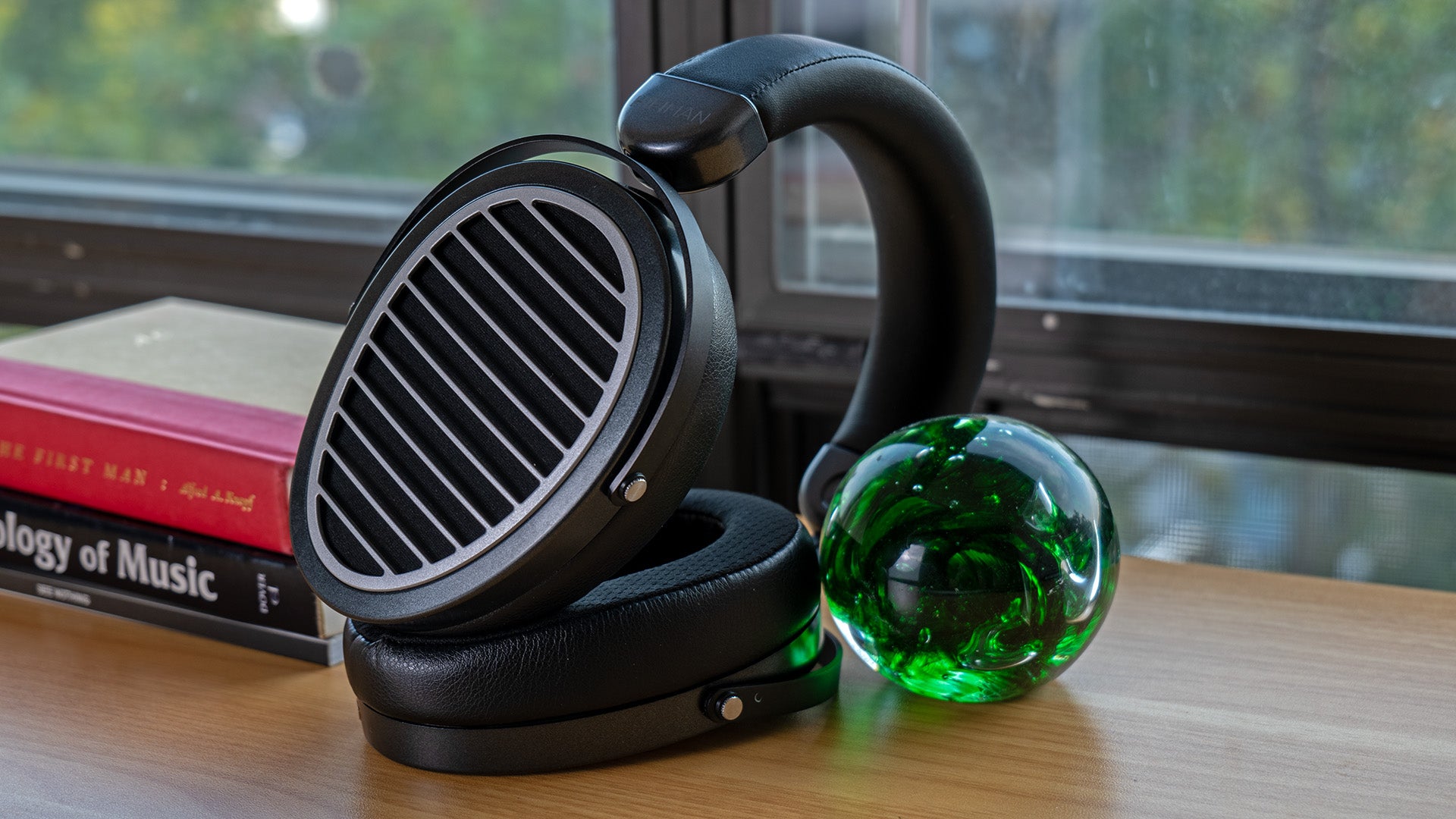
What we like
What we don’t like
Now let’s talk about what was—for a while, anyway—the big brother of the Sundara, the Edition XS. This headphone has been so heavily discounted that it’s now almost always mentioned in the same breath as the Sundara. However, they present quite differently, so people should know the difference in order to best understand which may work best for them.
While the Sundara prioritizes neutrality and coherence, the Edition XS prioritizes spatial and textural contrast. So while the Sundara may look “better” based on some measurements, if you want a planar magnetic headphone that offers an engaging spatial presentation, the Edition XS is likely the best headphone on this list for that.
The Edition XS also has a considerably different driver setup to the Sundara, and slightly different acoustics too. The driver is larger and the system is overall less damped, choices which aid in making sure perfect seal or positioning is less important. It also happens to mean the Edition XS is tied for best bass extension on this list.
If soundstage is a quality you’re interested in hearing for yourself, you want to maximize your bass extension, or you want a positionally-invariant headphone for use with EQ, the Edition XS is definitely worth checking out. Otherwise, the FT1 Pro or Sundara may be the better choice for those looking for a more “neutral” planar magnetic headphone.
Hifiman Edition XS Headphones
Sennheiser HD 550 ($299)
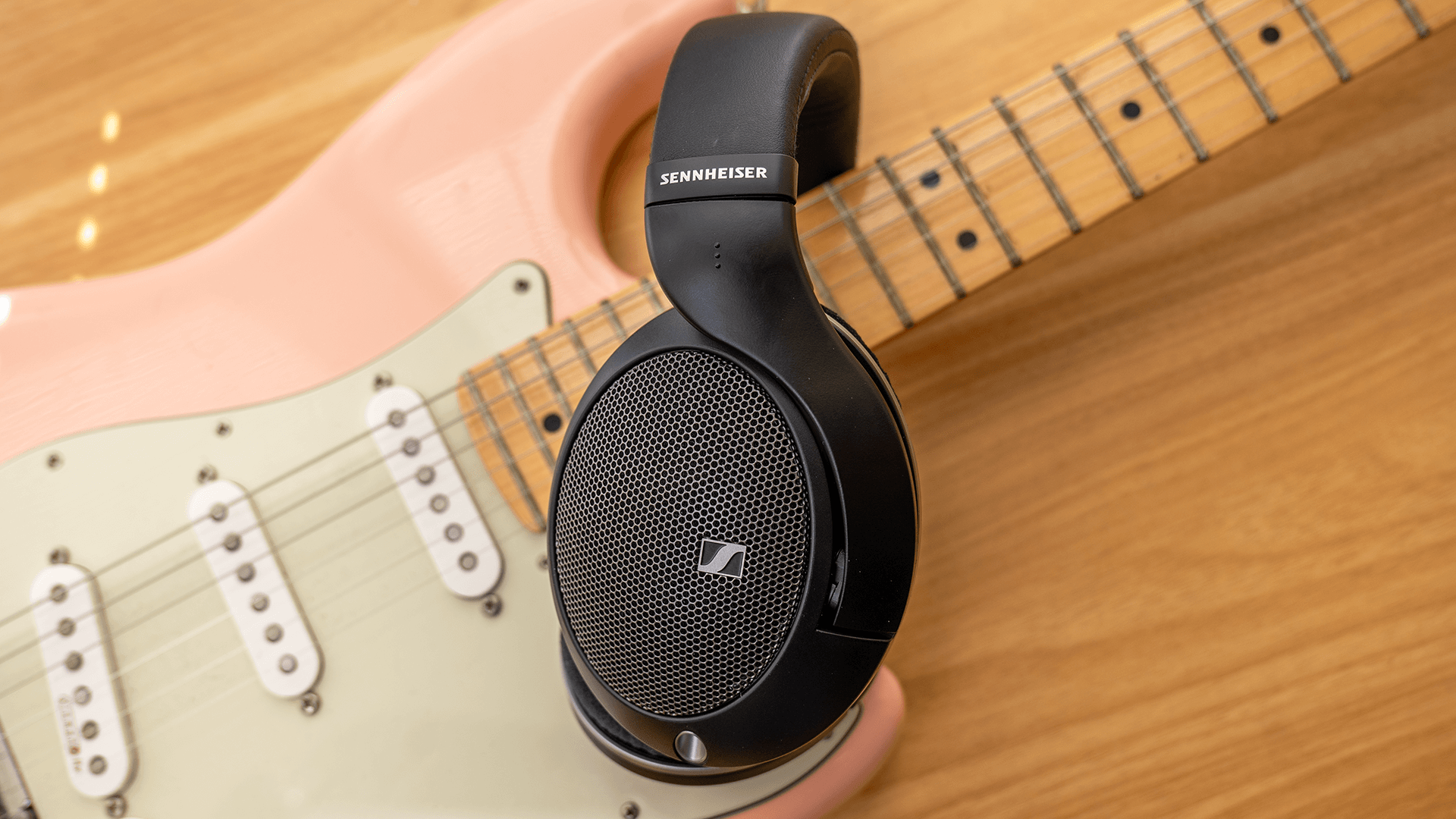
What we like
What we don’t like
Alternatively, if you want something even more neutral than any of the headphones mentioned thus far, Sennheiser’s newest HD 550 is one of the most neutral headphones on the market, and one of the most easy to live with too.
HD 550 is a very sensitive headphone that can be driven by any source with ease, and its single-sided entry makes for an easy to manage cable situation for people who are going to be using it as an office or studio headphone—which are two use-cases the HD 550 excels at. Its form factor is low profile and discreet for the former, while its midrange linearity is exceptional for the latter.
One big benefit it has over the similarly measuring Sennheisers like the HD 600 and 650 is that HD 550 extends considerably more in the bass, adding a little more than half an octave of extra bass extension vs. the others. So if you want neutral midrange but with more extension than the other Sennheisers, HD 550 has it.
For some, the treble of the HD 550 might not be a perfect fit—some of us have found the response above 5 kHz to be a little rockier than measurements above suggest. But for most of us, the HD 550 has been an incredibly easy headphone to live with while we’ve had them, and we think it’s one of Sennheiser’s best releases of the past decade.
Sennheiser HD 550 Headphones
Under $400
Hifiman Ananda Stealth ($359)
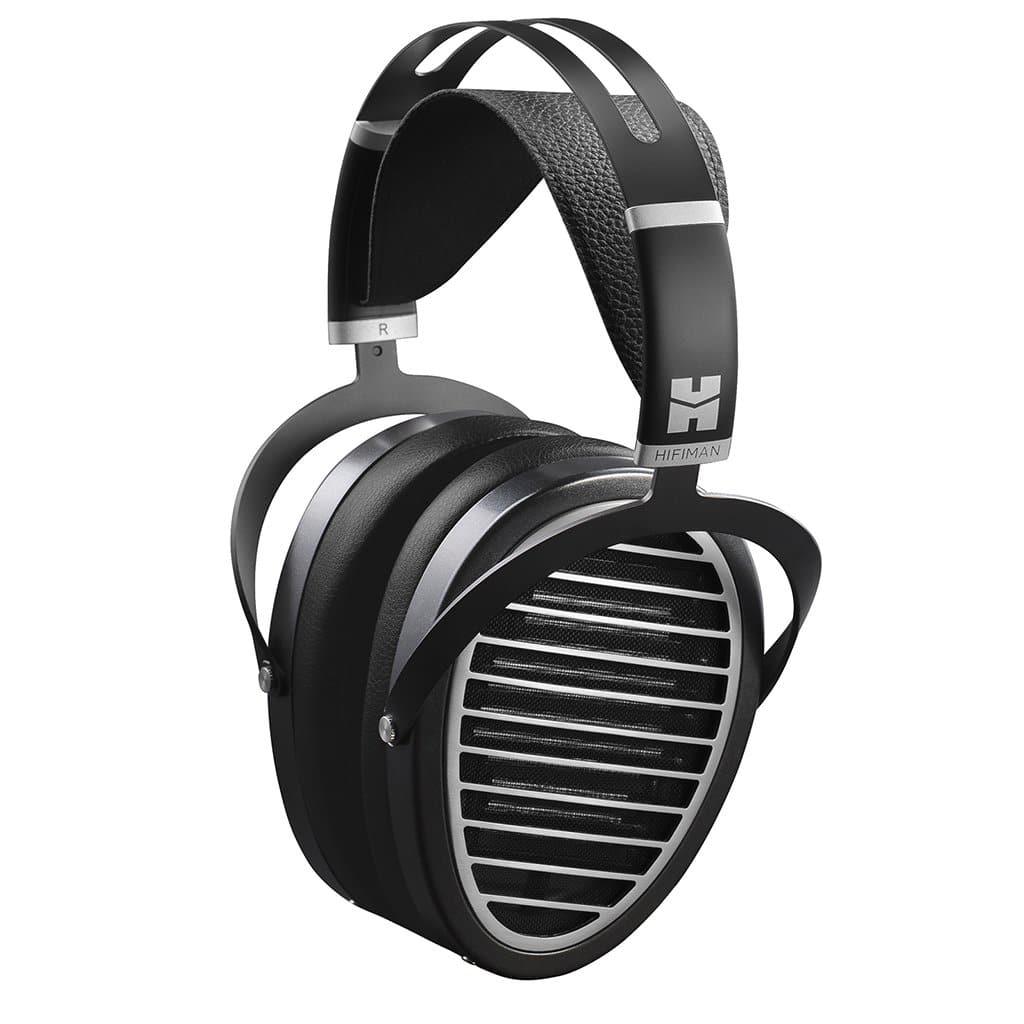
What we like
What we don’t like
For those who like the Edition XS but want something with a more comfortable headband, the Ananda Stealth adds the suspension strap from the Sundara for a much more ergonomically-balanced experience, while also adding Stealth magnets which adds a little bit of treble sparkle while also marginally increasing the sensation of openness the headphone has to offer.
Otherwise, the Ananda Stealth is very similar to the Edition XS. So if you want to maximize your price-to-value ratio, the Edition XS may still be the better option. But if you are comfortable spending a little bit more to get better comfort and openness, the Ananda Stealth may be worth considering.
Hifiman Ananda Planar Magnetic Headphones - Stealth Magnets
Sennheiser HD 490 Pro ($379)
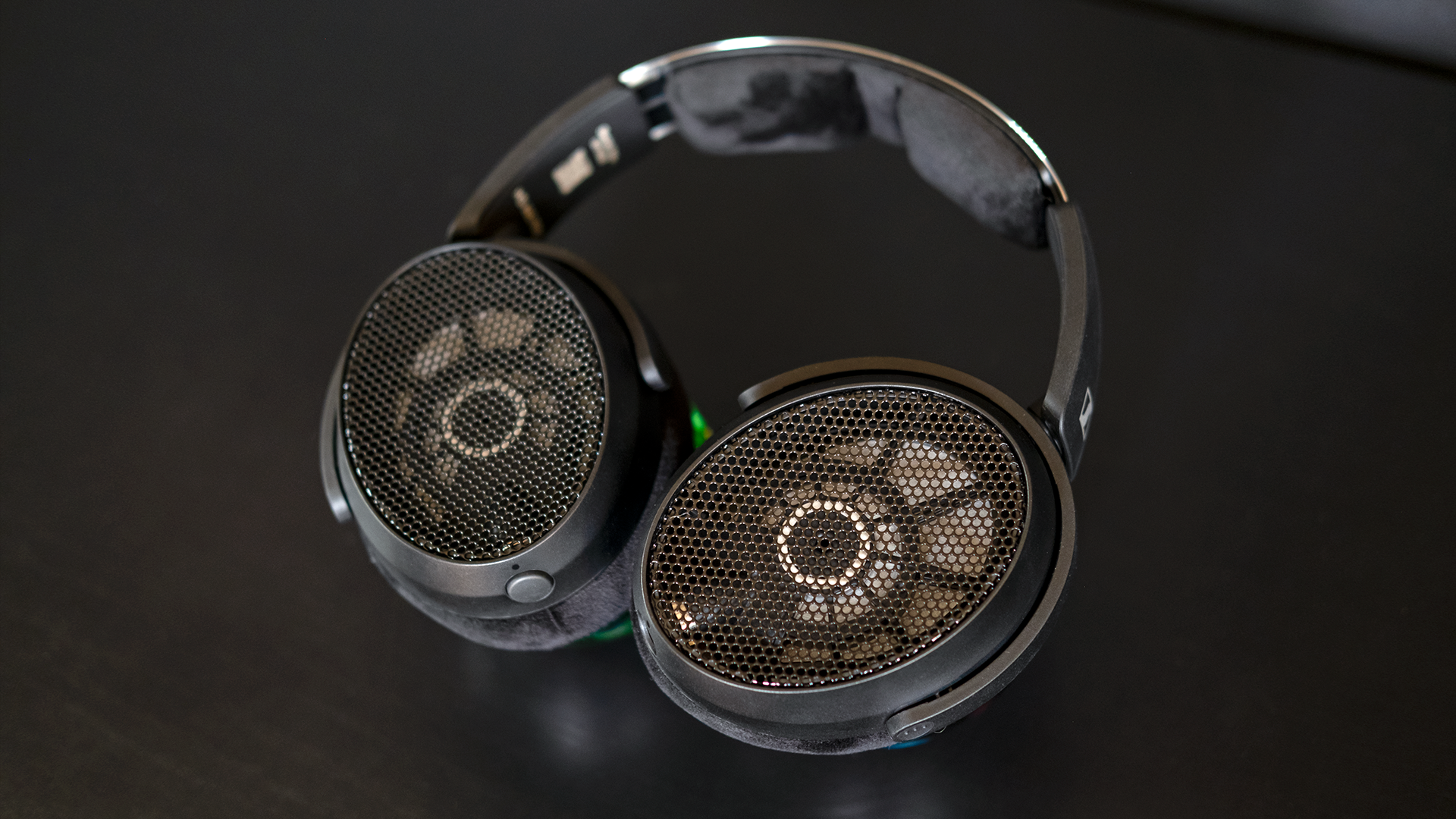
What we like
What we don’t like
Sennheiser’s pro division surprised us all when they released the HD 490 Pro, which was Sennheiser’s first entirely original open chassis design since the release of the HD 800. And with this new release came arguably one of the most comfortable, well-considered headphones currently available on the market.
The sound is no slouch either, providing a reasonable bass and midrange presentation with a treble that seems like it was tuned to focus on highlighting problematic resonances in the treble for mix/mastering work.
Some of us on the team prefer the Producer pads, while others prefer the Mixing pads. It’s worth noting that the former is considerably more comfortable, having a thicker material with a luxurious velour wrapping, while the latter sacrifices a bit of comfort but gains midrange linearity.
While the HD 490 Pro is the least neutral Sennheiser headphone on this list, it may well be the comfiest headphone on this list from any brand. So if you prioritize comfort above all else, the HD 490 Pro is an incredibly cozy headphone for all-day use, and a solid EQ platform too.
Meze 105 AER ($399)
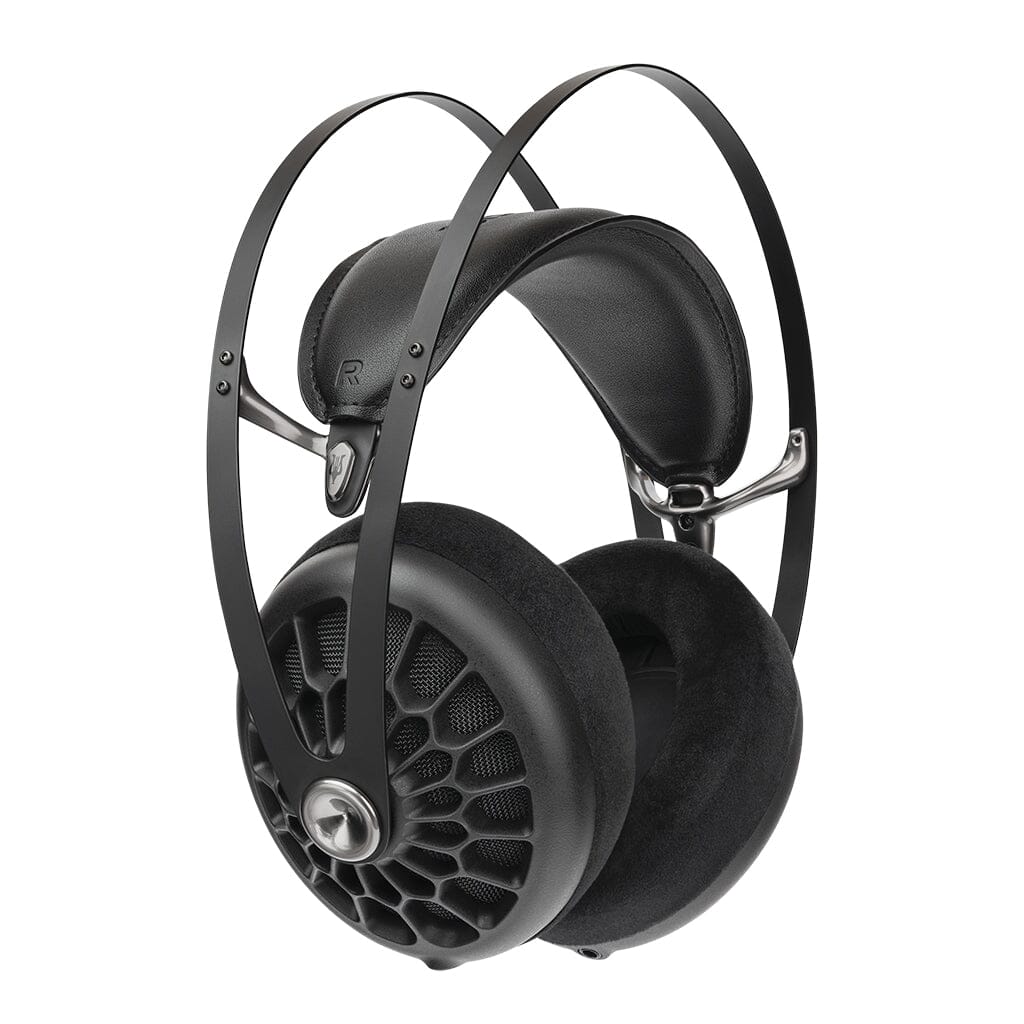
What we like
What we don’t like
The 105 AER is Meze’s newest in the 109 Pro chassis-type, which brings Meze’s class-leading industrial design to a much lower price bracket than any of their open headphones prior.
What the 105 AER does well is similar to the HD 490 Pro: comfort and bass, where it sports the same exceptional comfort as the 109 Pro and the largest bass bump of any of the headphones mentioned thus far.
The 105 AER has a bass-forward presentation that balances the bloom with a spike around 4 kHz that some may find grating, so be aware that while these two elevations balance each other quite well for some listeners, resulting in a bass forward signature that isn’t lacking in texture… for some it might just sound a bit too grainy due to the 4 kHz peak in particular.
But for those who know they want a bass-focused signature and don’t want to sacrifice any definition, the 105 AER is possibly one of the few headphones you can find for that.
Meze Audio 105 AER Headphones
Sony MDR-MV1 ($399)
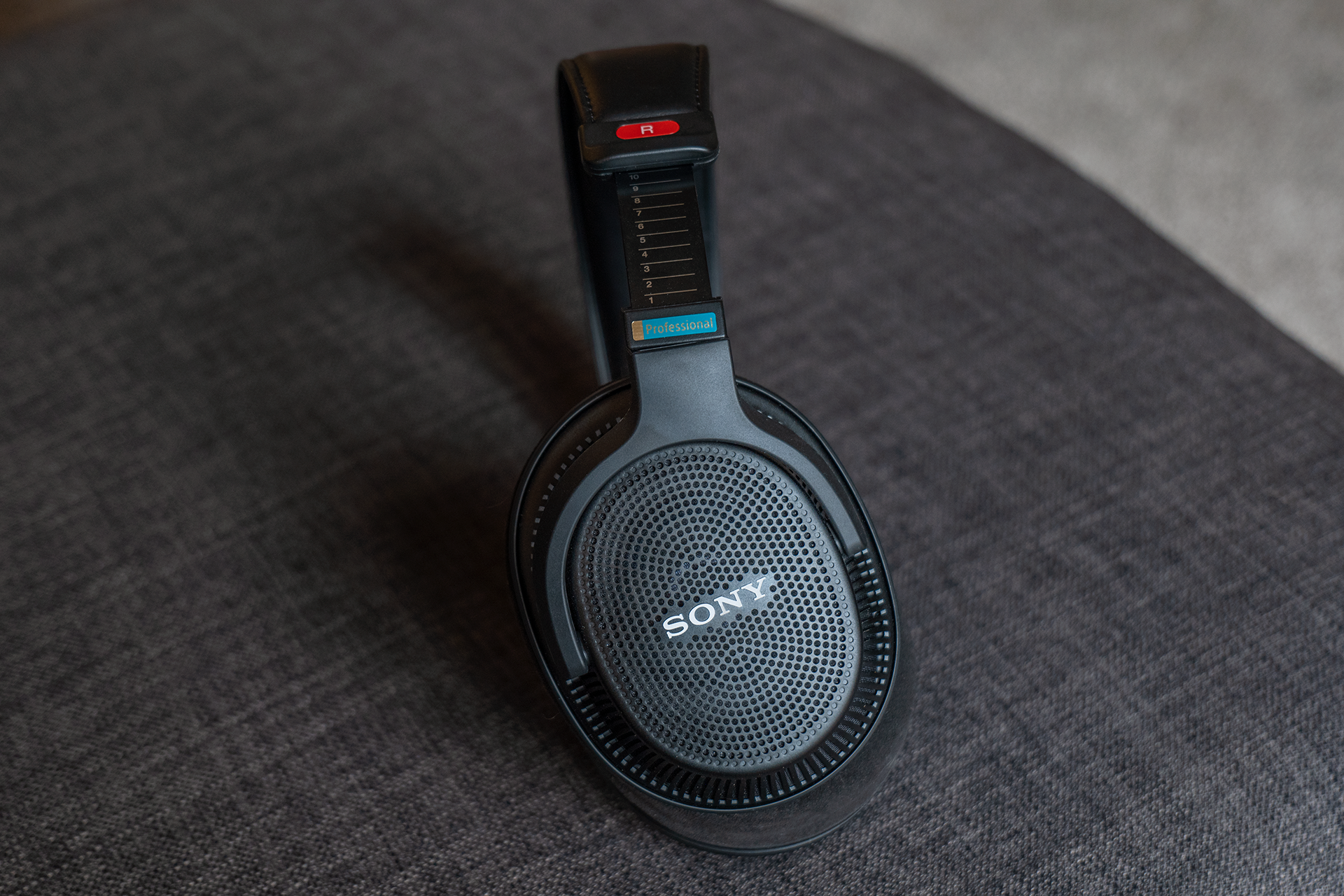
What we like
What we don’t like
Potentially the least talked about option on this list may also be one of the most underrated; the Sony MDR-MV1 is a headphone we think people need to know about.
What sets the MDR-MV1 apart from the other options on this list is that it’s unapologetically V-shaped, tuned with the widest consumer audience in mind instead of solely targeting audiophiles. However, its approach to a V-shaped tuning is one that has nuance and actually makes a good amount of sense. We think it’s something that people may end up liking more than measurements may indicate at first glance.
While yes, the treble is elevated above our preference bounds, this is an area we’re currently investigating with regards to how the measurement rigs we use relate to human experience; it’s likely the fixtures we use overestimate this band compared to how headphones behave on human heads in this region, so this elevation may not sound as big as it looks above.
Treble aside, the bass and midrange of the MDR-MV1 are exceptionally well tuned, offering a sizable bass boost while not compromising midrange linearity. With the MV1, listeners may well be able to have their cake and eat it too: midrange elements sound neutral and natural while you still get the excitement from the bass and treble boosts.
On top of that, the MDR-MV1 is among the most comfortable and well-built headphones on this list, being extremely lightweight and made of premium feeling materials. So if you are comfortable taking a chance on a headphone with a little more bass and treble than a neutral headphone, the MDR-MV1 is a headphone we think people will find fun.
Under $500
Sennheiser HD 600 ($449)
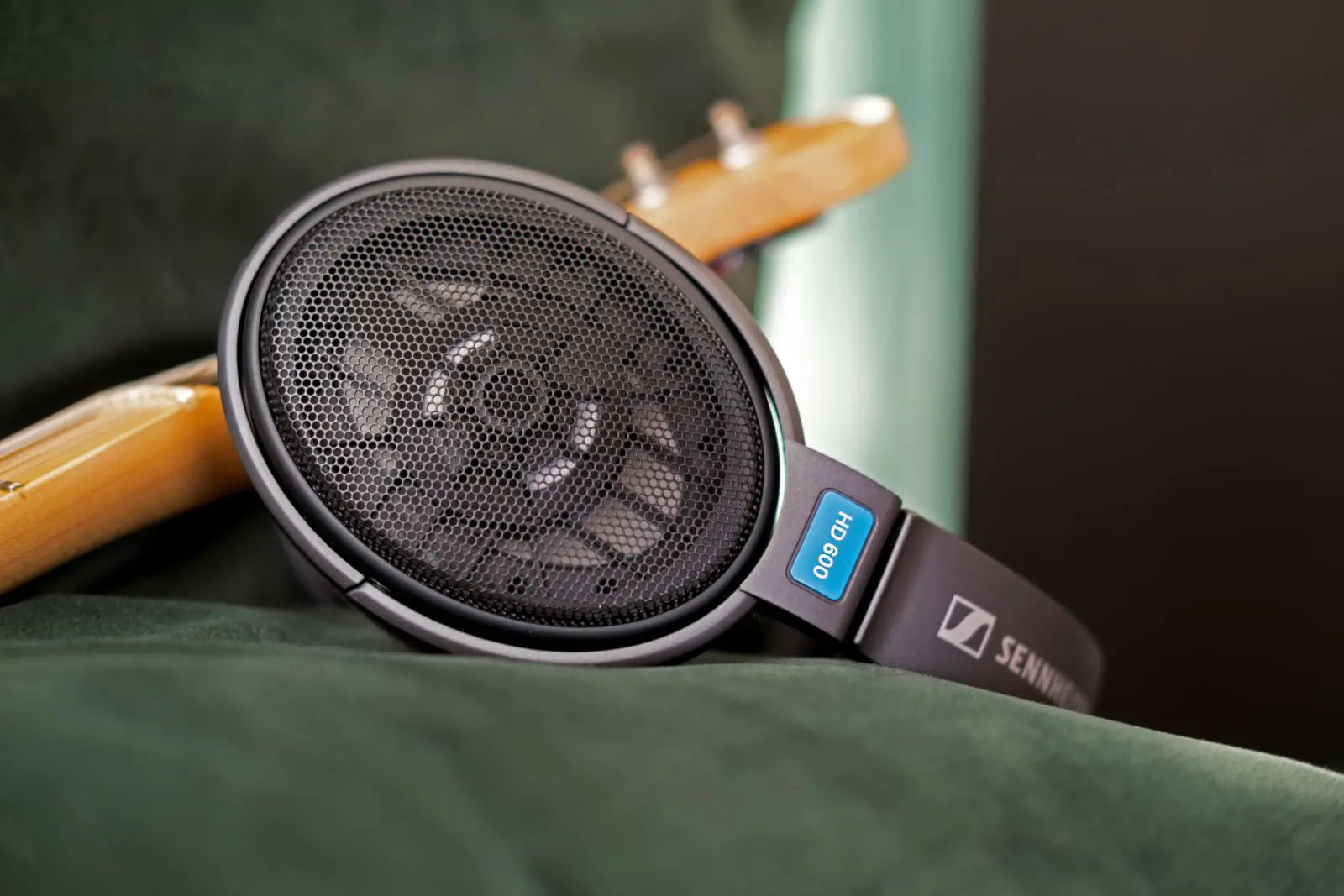
What we like
What we don’t like
Does it really need any introduction? You probably already know that the HD 600 is the legendary neutral reference headphone, near-unilaterally praised across the consumer audio as well as the pro audio spheres.
While it may not be the most exciting, showstopping headphone on this list, it’s almost certainly the most universally respected and enjoyed. What you get with the HD 600 is a well-built, lightweight headphone with one of the most deftly balanced frequency responses in the entirety of the headphone market.
Most things—vocals, strings, drums, brass, winds, guitars, and percussion—all sound exceedingly natural on the HD 600, with its main deficits being the bass rolloff causing bass instruments to take a bit of a backseat, and its spatial presentation being one of the smaller, more intimate presentations out there.
Additionally, some listeners may find the HD 600 (and 650) to be a bit shouty due to the 3 kHz elevation, or too dark due to a recession in the 6-9 kHz region. However, even with minor deviations like those, the HD 600 manages to be a more neutral and more textured presentation than most headphones out there, such that even if it were twice the price we’d probably still be happy to recommend it.
Sennheiser HD 600 Headphones
Focal Elex ($499)
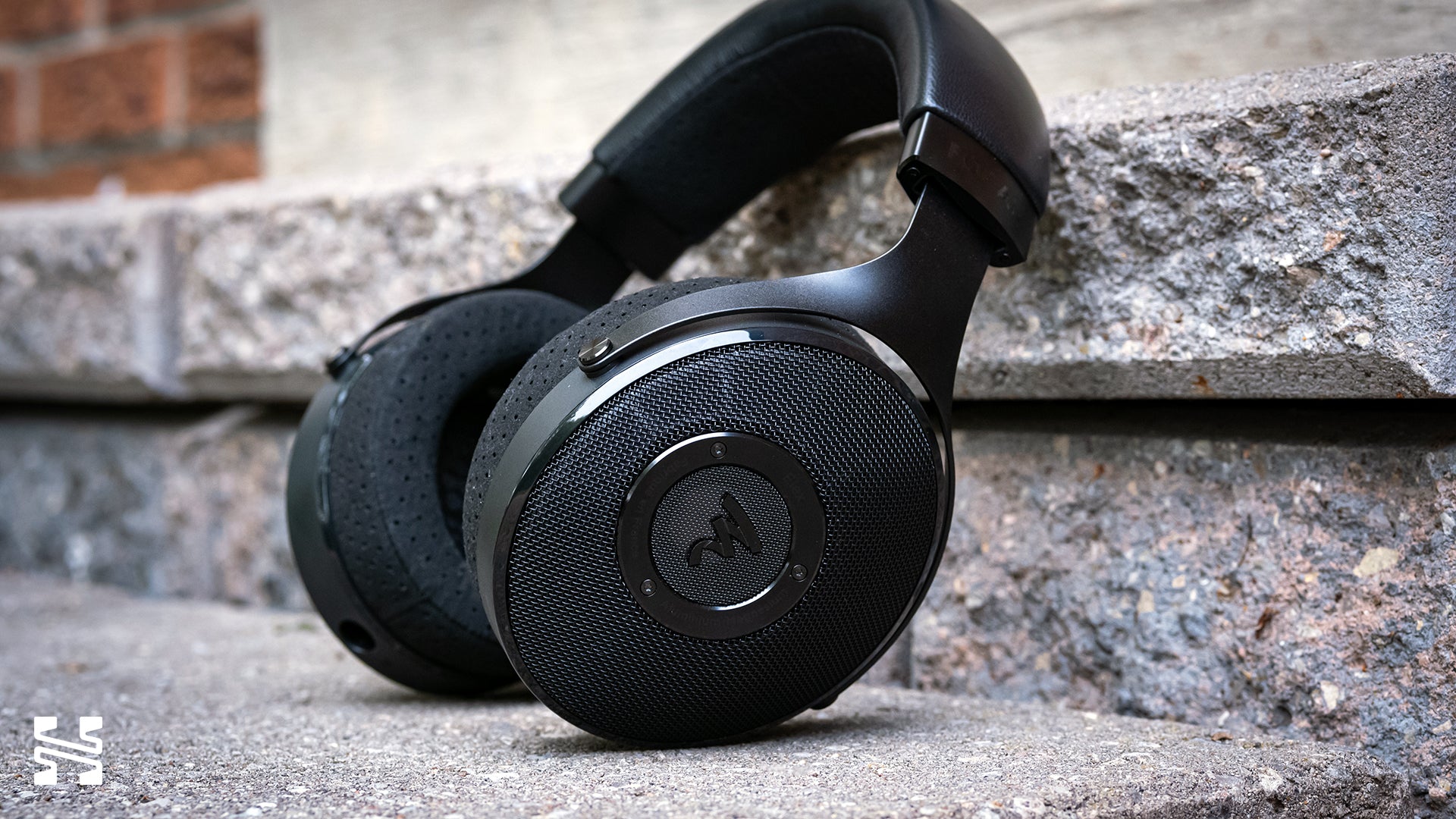
What we like
What we don’t like
And last but certainly not least, the Focal Elex is well-known for offering a slightly more “explosive” take on neutral, adding a few colorations here and there to help heighten the engagement factor of the listener’s favorite music… But it’s also at a crazy discount, considering it used to be considered an excellent value when it was $700.
We love this headphone for its expression of dynamic contrast, which some call “punch” or “slam.” If you’ve never heard this quality in an audiophile headphone, the Elex is the fastest path to understanding why so many audiophiles find this quality so addictive.
In addition to its dynamic contrast, the Elex’s slightly editorialized take on neutral adds an extra sense of timbral contrast as well, making the elements in our favorite music sound well-separated and slightly pulled apart (despite overall existing in a fairly small headstage), while not committing too much diffusion or imprecision to the signature.
While some have issues with the treble of these headphones around 9-11 kHz, or the midrange around 1.5 kHz causing a bit too much “honk,” overall the Elex is one of the best compromises between neutrality and fun that we can think of, having more bass presence than other open back headphones while not boosting enough to be considered “bassy.”
We think the Elex a particularly great choice for audiophiles who want to hear their music with the intensity and contrast dialed to 11, so if that sounds like something you’d like to try, definitely think about checking it out.
Focal Elex Headphones
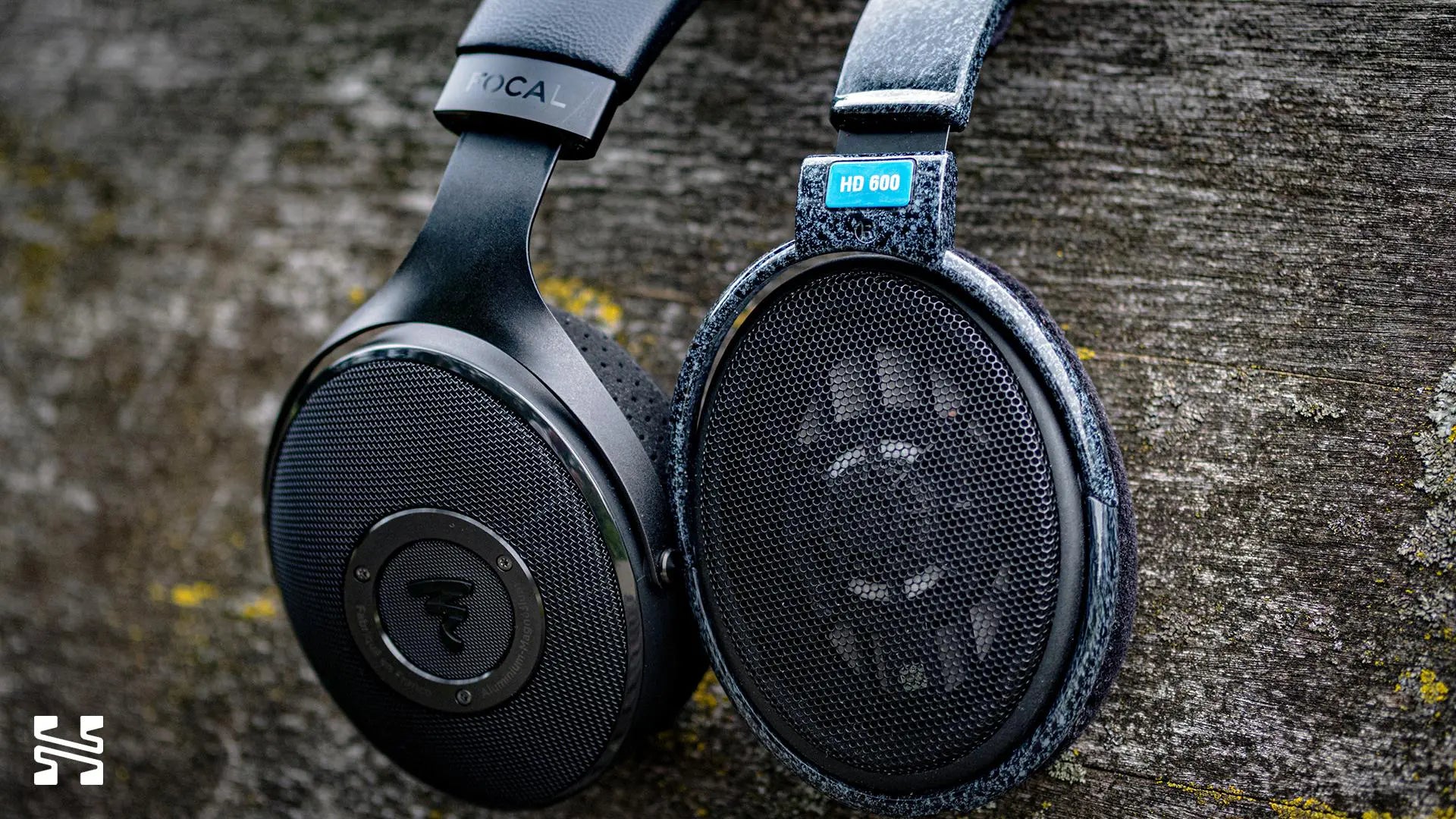
Conclusion
This price range is one where listeners are going to find a variety of options that can suit their sonic needs. There are headphones on this list that prioritize neutrality, and those that eschew it in favor of a more exciting or colorful presentation. There are headphones that focus on spaciousness, while others focus more on immediacy and punchiness.
At the end of the day, we can’t know which headphone will be the best fit for you, but thankfully Headphones.com has a 365-day return policy, which means if you have an idea of which one might work best, you can try it out yourself to find out how good a fit your new headphones really are.
So feel free to check out the full selection of options at Headphones.com’s storefront, pick something that gets you excited to listen to music, and they’ll take care of the rest!
